Coaching book reviews
Leave a CommentBook Reviews
Whenever I work with other coaches and discuss how they develop their own practice, reading books is always high as a favourite. Unfortunately, a lot of them seem to be “sciencey” such as Syed’s bounce, but actually add to misinformation, rather than informing our practice
Here are a few that I have read over the last year that apply specifically to coaching, in no particular order.
Starting Strength: Basic Barbell Training by Mark Rippetoe (recommended by Adam Taylor and Tracy Fober).
Just when I thought I knew a thing or two about coaching the deadlift, squat, press, clean and snatch, I read this. Although it says “starting strength”, I would recommend this to experienced coaches rather than novices due to the detail involved.
This book explains the key barbell lifts with excellent diagrams and photos.
I learnt a lot from his explanations and have used some of his cues to help the athletes I coach already with great effect.
Rippetoe writes well and uses humour to highlight his points: “A Smith machine is not a squat rack, no matter what the girls at the front desk tell you.” He does advocate barbell training to the exclusion of almost everything else, which is too narrow a focus in my opinion for transfer to the sporting arena. However, if you want to get strong in the gym and lift safely and effectively, read this.
The 4 disciplines of execution by Chris McChesney and Sean Covey (recommended by Greg Thompson).
This book focusses on how to choose “Wildly Important Goals” (Wigs) and then how to implement then effectively. It is very clearly written, with good examples and takes the reader through the process of finding your Wig and then acting on them.
The authors use examples of good and bad goal setting, and highlight the dangers of having a list. To paraphrase: “if everything is a priority, nothing is a priority”.
I like the use of a compelling scorecard, with just one priority on it, and clear measurement on whether the team is achieving it or not. The litmus test is if you can wake up a team member at 3am, ask them “what is our number 1 goal” and they tell you in 1 sentence.
Highly recommended, can be used as part of a team, or for your own projects. I have found myself much more productive since adopting these principles.
Where Else Would You Rather Be by Marv Levy (Review by Simon Worsnop who recommended it to me).
This is the autobiography of Marv Levy, former Head Coach of the Buffalo Bills. It is well written, with a dry sense of humour accompanying the narrative. Levy is not a typical football coach, having a Masters degree from Harvard and a rich appreciation of history and literature. Unlike many managers/coaches, he also has an ability to treat sport for what it is within the grand scheme of things. His comments regarding World War 2 that I remember from the 1980s, illustrate this, and are comparable to former Aussie fast bowler turned commentator Keith Miller’s whereupon hearing a captain was under pressure, commented “pressure? Having a Messerschmitt up your arse, now that is pressure!”
Levy played College Football but was never drafted, and the narrative follows his journey from schoolteacher and third team basketball coach to a four-time Superbowl Head Coach.
Not only does the book take you through the historical coaching journey, but also describes the philosophy of football at the various stages of his career. It is interesting to understand how his mentor George Allen used the draft to swap players to create a successful team from virtually nothing using a clear philosophy and goal.
His time in Canadian Football is of interest in how tactics can be switched to the opposite of what is expected in order to thwart the well-laid plans of an opposition. However, probably of most interest to today’s rugby coaches will be the section on how his coaching philosophy developed at the Bills, with an almost “Saul on the road to Damascus moment” after a final play-off game. This epistemological rupture with past practice was of paramount importance in the Bills future success. Without want to spoil this for the reader, it is well documented within the book showing how this affected match play, practice, player attitude, fitness and decision-making.
The reader does not need an in-depth understanding of American Football to appreciate its relevance to coaching both on and off the field, and it is not littered with references to religion or psychobabble that sometimes mar American books.
Leaders Eat Last by Simon Sinek.
Sinek bases this book on an observation from the US marines that the officers only eat after the Men. The premise is that we are there to look after the people we lead. He uses anecdotes from the military to highlight why this is important and how selfless actions are common in that environment.
He then switches to why we may have developed this as a species, including a “circle of safety” of about 150 people. This is the number of real people we could include in our tribe where we have meaningful relationships.
Sinek is pretty scathing of the baby boomer generation and how they became the “Me generation”. He mentions dopamine fixes a lot, which used to come from having secure relationships and feeling safe. Now, it comes from facebook “likes”, “retweets” and worryingly, stock market traders’ bonuses. This leads to either a short attention span, or dysfunctional behaviour that has an adverse effect on others.
He uses examples from the USA such as Peanut Corporation of America’s cutting costs resulting in salmonella contamination and BP ‘s safety cut backs that led to the Deepwater Horizon disaster. (British readers: think of how Thomas Cook responded to the death of 2 children on their watch). He links this to the size of organisations and their reliance on numbers, rather than people.
I see this all the time in sports partnerships and NGBs: we want athlete scorecards or measures of “impact” “sustainability” and “engagement”, rather than talking to people face to face! This results in a misguided measure of what is important and people at the bottom then have to produce numbers to keep the people at the top happy, rather than doing their job.
Sinek uses Jack Welch as an example of how an overemphasis on “shareholder value” in companies means the customer gets short thrift. Welch later changes his approach 8 years after retiring and says “Your main constituencies are your employees, your customers and products.”
This book is a must read for those within organisations big and small. It has a few too many “folksy” anecdotes which feel like padding, but there are many good points and illustrations.
Eleven Rings by Phil Jackson and Hugh Delehanty (recommended by Patrick McHugh).
This is an inspiring and well written autobiography of a great NBA player and coach. Jackson has developed a coaching philosophy based upon humanity and people. He quotes extensively from Eastern philosophy texts and was adopting mindfulness before it was called that!
For example coaching from a monk, Wayne Teasdale: “For work to be sacred, it must be connected to our spiritual realisation. Our work has to represent our passion, our desire to contribute to our culture, especially to the development of others.”
He recounts his early years as a player, and then his years with the Chicago Bulls and the Los Angeles Lakers. In that time he had to deal with some world class players and their egos. He gives detailed accounts of what worked with some, and how he worked with others.
The book is excellent at describing how he was trying to create teams that could think and act independently on the court. This meant he was instructive in practice, but let them play on game day. “I don’t believe in using practice to punish players. I like to make practices stimulating, fun and most of all efficient.”
This book was a real page turner, and worth rereading.
The Education of a Coach by David Halberstam.
This Bill Belichick biography was written 10 years ago, when he had just the 3 Super Bowl rings! It details the rise of the highly successful New England Patriots coach, and how his coaching style and philosophy has developed.
It starts with his immigrant grandparents, and the work ethic that was developed through his family and early life. It progresses through his early career and how his diligent scouting reports opened doors for him, despite his youth.
For me, it is Belichick’s attention to detail and his ability to analyse the opposition that stand out in this book. He recognises what he is good at and coaches to his strengths, he seems to know that he is hardly an empathetic “people person” and so surrounds himself with people who possess those skills.
You probably have to understand football or be a fan to like this book, but it is another page turner.
Legacy: 15 Lessons in Leadership by James Kerr (recommended by Danny Newcombe)
This is an easy to read book, with very clear examples and a wide range of lessons from aspiration to planning to humility. Each chapter has a clear structure, uses quotes, research and outside examples that can be easily related to outside of rugby and sport.
For example , when looking at transforming the culture after a poor series of performances, the inner circle of All Blacks came up with “Better people make better all blacks”. This simple mantra sums up the vision the Coaches had that by developing the players as individuals, the whole group would benefit. Indeed, without developing the individuals, progress would be difficult.
Whilst the All Blacks are on the cover, and there are plenty of All Black anecdotes, Kerr samples heavily from other sources. Like Sinek, he looks at the US Military and how they are trying to move from “Command and Control” to “Mission Command” where decisions are made on the ground.
This is essential for coaches because it is the players who play and make decisions based on what is happening in front of them in real time. Therefore, the players need to know the intent and overall mission goal, which the coach designs, and then go out and execute it.
My favourite quote is an Old Greek proverb “A Society grows great when old men plant trees whose shade they will never see.” A bit different from “Just win on Friday”!
Inside out coaching by Joe Ehrmann (recommended by Patrick McHugh).
Yet another book by an ex American Football player, but this time the message is very transferable to every youth sports coach. The “Inside Out” refers to knowing oneself as a coach first before you are able to transform your coaching.
The first part of the book is a very honest and sometime brutal account of Ehrmann’s early life. He details some truly harrowing experiences, and how he dealt with them at the time, and who helped him. He also looked at some fictional or historical characters for inspiration and says:
“They show that coaching cannot be reduced to strategy and technique. Great coaching demands introspection, integrity and integration of the coach’s life history.”
In part 2, Ehrmann describes his transformational coaching programme that he does with young people now. He includes how he is able to reach the hearts, minds and souls of the disaffected youth. This includes anecdotes from his playing years and advice for other coaches and parents taken from his programme.
For example, helping players discover their identity in their teenage years when they ask questions such as “Who am I? What do I stand for? Who will love me and whom will I love? Whom will I stand with? What can I do with my life?” which is taken from Erik Erikson’s stages of social and emotional development.
These are the questions that are going on in teenagers’ subconscious, sometimes conscious, and so Ehrmann creates an environment which allows the players to answer them.
Ehrmann is trying to improve the lives of young men and uses sport as the vehicle to do this. This type of book is rare, and I found it very useful, coaching mainly teenagers myself. A must read for coaches of teenagers.
Recommended reading list for strength and conditioning coaches


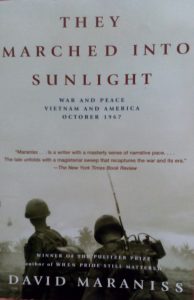
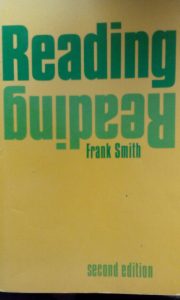
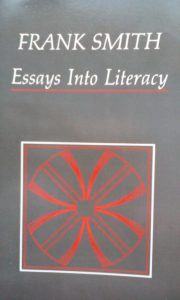
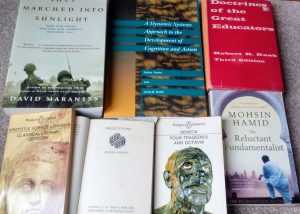
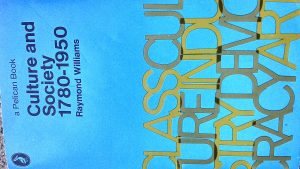
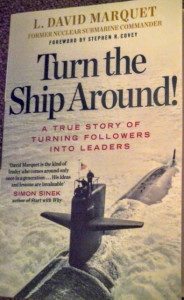
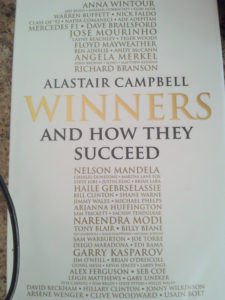


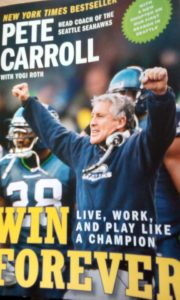
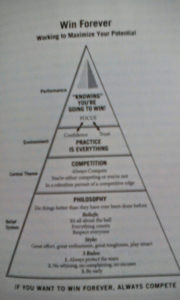


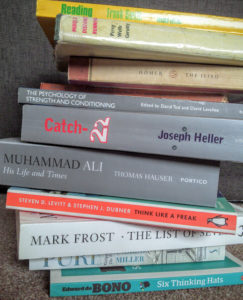
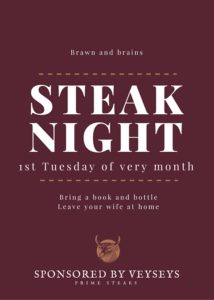
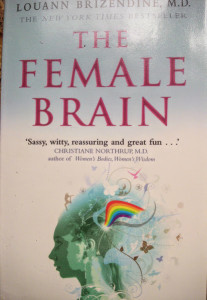
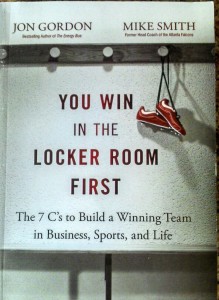
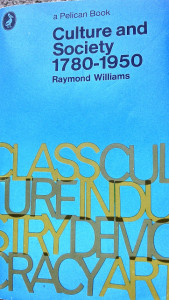
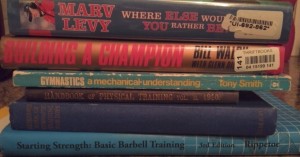
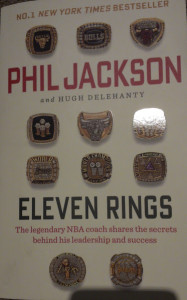
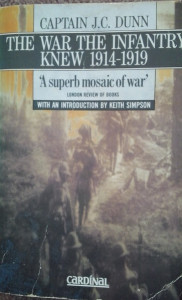
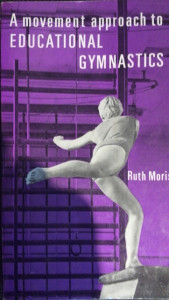
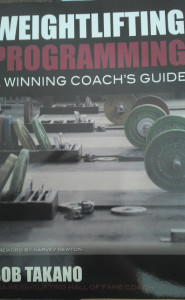
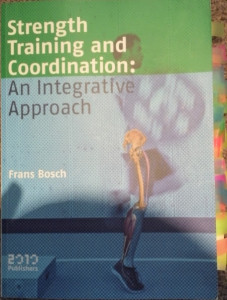
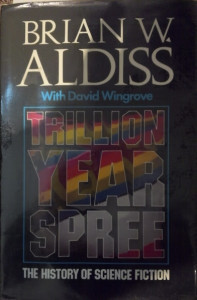 f 1959 USA social, religious, racial and economical society and its “classes”. How much has changed?
f 1959 USA social, religious, racial and economical society and its “classes”. How much has changed?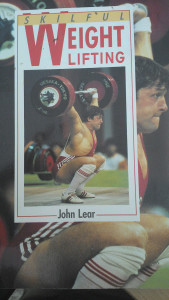
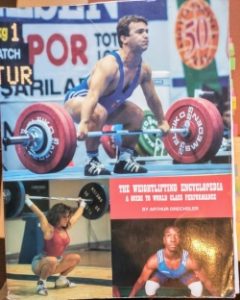


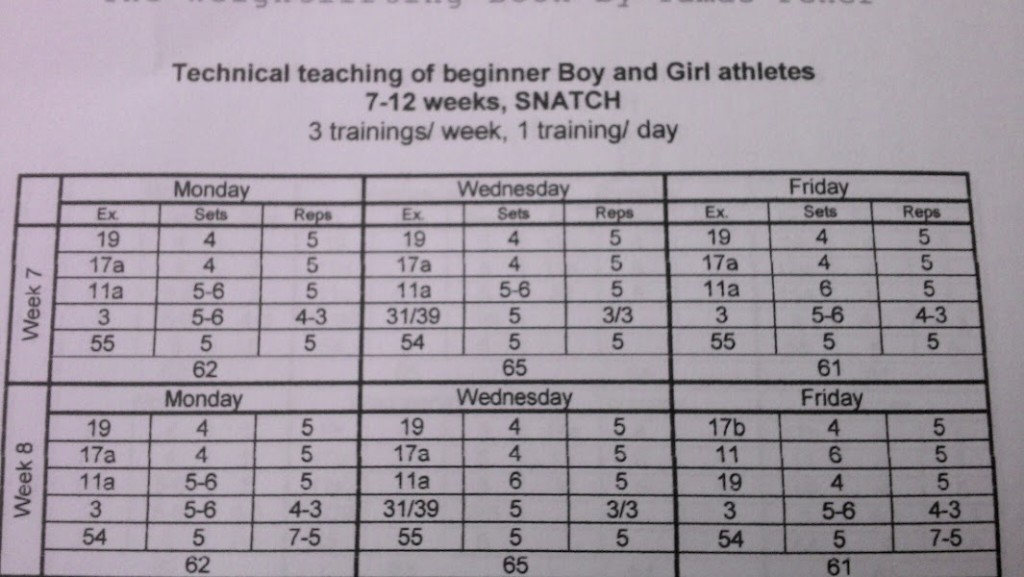
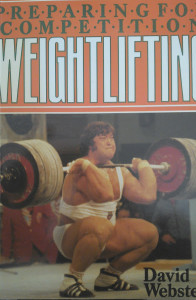
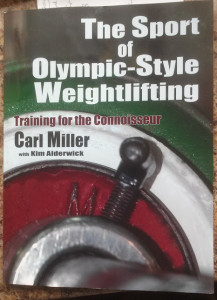
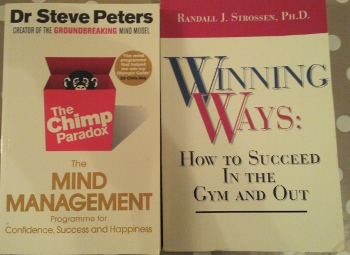 I said that Winning Ways and its predecessor “Stronger Minds, Stronger Bodies” were the best practical sport psychology books I had read.
I said that Winning Ways and its predecessor “Stronger Minds, Stronger Bodies” were the best practical sport psychology books I had read. is a common flaw we can all suffer from: our System 1 brain retrieves instant information and makes decisions based on currently activated ideas. Unfortunately it fails to allow for information outside of that.
is a common flaw we can all suffer from: our System 1 brain retrieves instant information and makes decisions based on currently activated ideas. Unfortunately it fails to allow for information outside of that. In fact, people who only see one side of the argument (or limited evidence) are much more confident in their decisions than people who have seen all the evidence available.
In fact, people who only see one side of the argument (or limited evidence) are much more confident in their decisions than people who have seen all the evidence available. We also place a lot of faith in data collected from small samples (The
We also place a lot of faith in data collected from small samples (The Luck pays a big part in a lot of events, and Kahneman covers this in a lot of detail.
Luck pays a big part in a lot of events, and Kahneman covers this in a lot of detail.